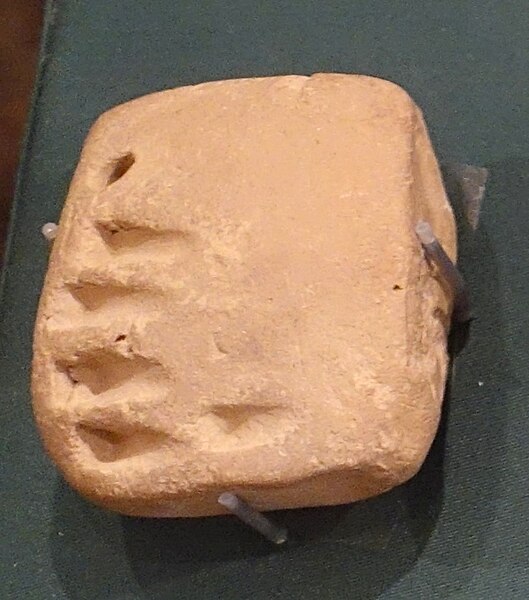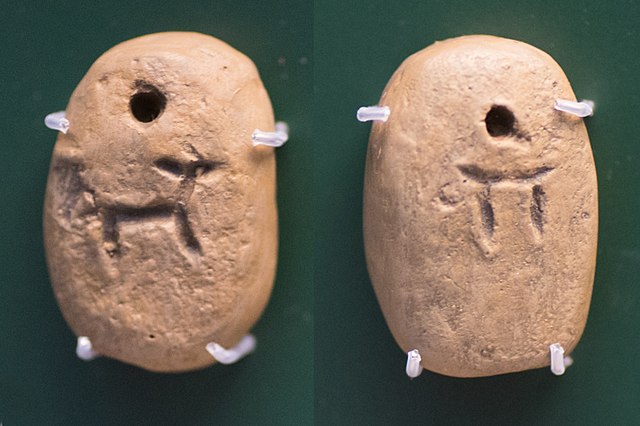Literacy is the ability to read and write. Broadly, literacy may be viewed as "particular ways of thinking about and doing reading and writing" with the purpose of understanding or expressing thoughts or ideas in written form in some specific context of use. In other words, humans in literate societies have sets of practices for producing and consuming writing, and they also have beliefs about these practices. Reading, in this view, is always reading something for some purpose; writing is always writing something for someone for some purpose. Beliefs about reading and writing and their value for society and for the individual always influence the ways literacy is taught, learned, and practiced.
Bill of sale of a male slave and a building in Shuruppak, Sumerian tablet, c. 2600 BCE
Brain areas involved in literacy acquisition
Sample milestone sketch
Reviewing photos after a photowalk
The history of writing traces the development of writing systems and how their use transformed and was transformed by different societies. The use of writing prefigures various social and psychological consequences associated with literacy and literary culture.
Six major historical writing systems (left to right, top to bottom): Sumerian pictographs, Egyptian hieroglyphs, Chinese characters, Old Persian cuneiform, Latin alphabet, Devanagari
Numerical tablet, 3500-3350 BCE (Uruk V phase), Khafajah
Pre-cuneiform tags, with drawing of goat or sheep and number (probably "10"), Al-Hasakah, 3300–3100 BCE, Uruk culture
Tablet with proto-cuneiform pictographic characters – Uruk III, end of 4th millennium BCE








